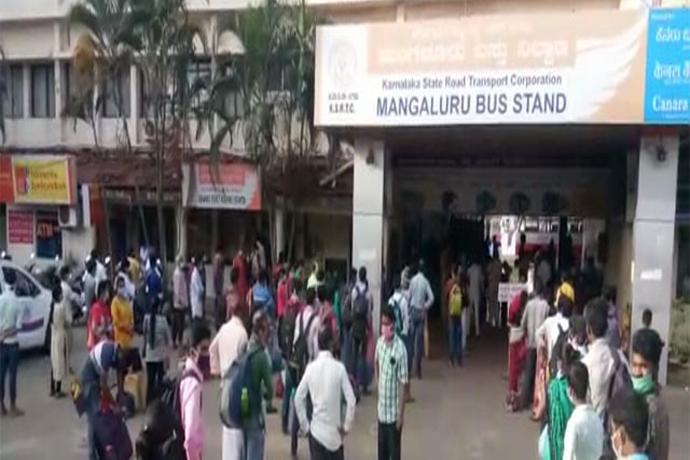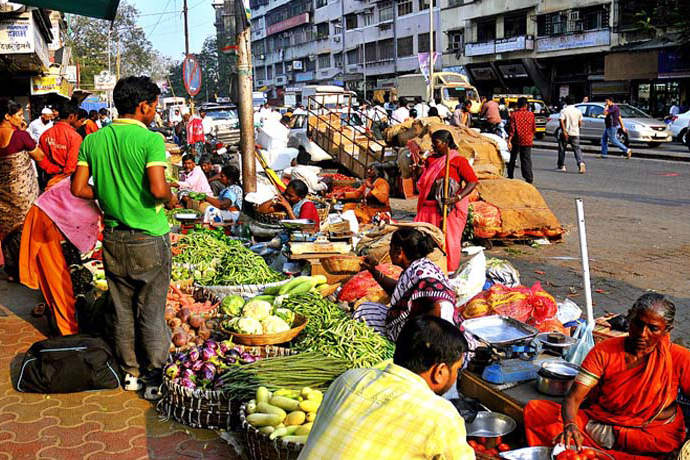Is unplanned urbanisation the reason for water crisis in Mangalore city?
Is unplanned urbanisation the reason for water crisis in Mangalore city?
June 2: Experts on land use and land change have warned that unplanned urbanisation can have a negative impact on the quality of life. A study on urbanisation in Mangalore reveals that, within 20 years from 1997, the built-up area has increased by 270% in the city. Area covered with water bodies in Mangalore – comprising of lakes and ponds (open source) – has drastically reduced by 70% in these years. Land under cultivation (1%) and mixed forest (16.13%) too have seen a decline over the years, the study has mentioned.
Mangalore taluk was divided into three zones based on geographical division of the rivers for the study. The area above River Gurupura was identified as the northern zone. The central zone included the land between Gurupura and Nethravathi rivers. The land beyond River Nethravathi was classified as the southern zone. A remote sensing and the Geographical Information System (GIS) technology was used to make an accurate analysis on this.
While the northern and central zones had witnessed drastic increase in built-up area, the southern zone did not witness much increase but had a few universities and villages. The water bodies in both northern and southern zones had reduced drastically as it had been converted into sites and commercial establishments.
Due go increase in concrete structures or built-up lands, the city is undergoing a phenomenon called ‘urban heat islands’. Unplanned concreting of the land prevents water from percolating into the soil and recharging the water table.
 Latest News
Latest News








